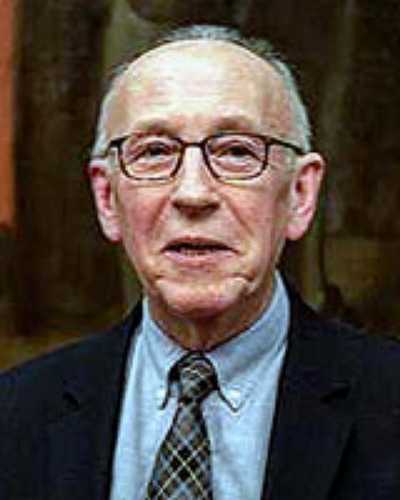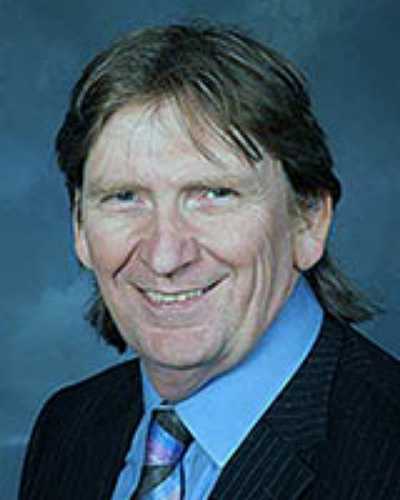Now published, see the full article 
Early Abstract:
Introduction: Like many countries around the world, Scotland faces a shortage of General Practitioners (GPs) due to both recruitment and retention issues. Such workforce shortages are of particular concern in rural areas. There are many reasons why GPs are leaving general practice, however, satisfaction with working life is an important predictor of GP retention. It is important, therefore, to understand working life satisfaction of rural GPs. The purpose of this study was to compare the working lives and intentions to reduce work participation of rural GPs and GPs working elsewhere in Scotland.
Methods: Quantitative analysis of survey data from the Scottish School of Primary Care national working lives survey. GPs were classified as working in ‘non-rural’ or ‘rural’ practices based on the Scottish Government’s rural binary classification system, and were compared using univariate and multivariate statistical analysis on four domains of working lives: job satisfaction, job stressors, positive and negative job attributes, and four intentions to reduce work participation: reducing working hours, working abroad, leaving direct patient care, or leaving medical work entirely.
Results: 2,465 GPs returned the survey, giving a response rate of 56%. Three-hundred and forty seven GPs who returned the survey worked in practices in rural areas (14.1%). Rural GPs were more likely to do out of hours work (p < 0.001), to have worked in their practice for fewer years (p = 0.014), to work in single GP partnerships (p < 0.001), and to work in practices with smaller list sizes (p < 0.001), than GPs in non-rural settings. Compared with GPs elsewhere, rural GPs reported higher mean job satisfaction (5.23 vs. 5.39, respectively; p < 0.005), lower mean job stressors (3.58 vs. 3.29; p < 0.001), and lower mean negative job attributes (4.08 vs. 3.78; p < 0.001). These differences remained highly significant after controlling for potential confounders (age, gender, and the differences in work practices shown above). In regression analysis, a significant interaction was found between gender and rurality for job satisfaction (p = 0.008), which indicated that rural female GPs’ higher job satisfaction mainly accounted for rural GPs’ increased job satisfaction. No significant interaction was found between gender and rurality for the other domains of working lives. Compared with GPs elsewhere, however, rural GPs were more likely to intend to work abroad (mean 1.39 vs. 1.55; p= 0.013) and leave medical work entirely within 5 years (mean 2.15 vs. 2.36; p = 0.039). These intensions remained significant after controlling for potential confounders. No significant interaction was found between gender and rurality for intentions to reduce work participation variables.
Conclusion: Rural GPs in Scotland are more satisfied with their working lives than GPs working elsewhere in Scotland, which is mainly due to higher job satisfaction in female GPs in rural areas. Despite this, rural GPs as a whole have a higher intention to leave their job in the next 5 years than their non-rural counterparts. Although some of these differences are small, they may signal serious implications for the future care of patients in rural areas and requires further research to understand the drivers of this.


